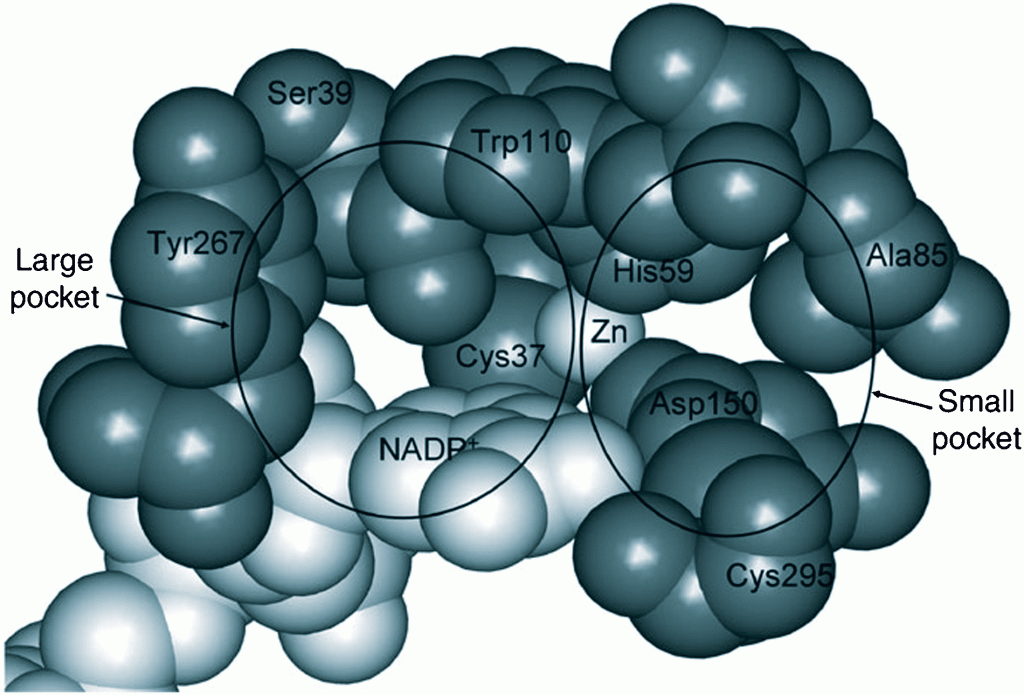 Bruce Gates and colleagues from the University of California look at the conversion of lignin-derived bio-oils by a platinum-aluminium oxide catalyst in this Catalysis Science & Technology Hot article.
Bruce Gates and colleagues from the University of California look at the conversion of lignin-derived bio-oils by a platinum-aluminium oxide catalyst in this Catalysis Science & Technology Hot article.
This work focuses on the kinetics of the reaction, looking at what products are made and why, which will allow a better understanding of the bifunctional catalyst used. Lignocellulosic biomass is used to create biofuels, but the fundamental chemistry of bio-oil conversion like this is poorly understood, something which the team aim to correct.
Read the full article for free to find out more…
Catalytic conversion of compounds representative of lignin-derived bio-oils: a reaction network for guaiacol, anisole, 4-methylanisole, and cyclohexanone conversion catalysed by Pt/γ-Al2O3
Ron C. Runnebaum, Tarit Nimmanwudipong, David E. Block and Bruce C. Gates
Catal. Sci. Technol., 2011, DOI: 10.1039/C1CY00169H
Don’t forget to follow us on Twitter, like us on Facebook and sign up for free access and table of content e-alerts.













 This Catalysis Science & Technology Hot article showcases a collaboration between the University of Oxford and Johnson Matthey where they make a palladium catalyst with interstitial carbons for fine chemical catalysis in the liquid phase.
This Catalysis Science & Technology Hot article showcases a collaboration between the University of Oxford and Johnson Matthey where they make a palladium catalyst with interstitial carbons for fine chemical catalysis in the liquid phase.

 An increased industrial demand for propene, and potential applications in the processing of renewable raw materials has led to a strong renewal of interest in development of
An increased industrial demand for propene, and potential applications in the processing of renewable raw materials has led to a strong renewal of interest in development of In this Catalysis Science & Technology Hot article Houshang Alamdari and colleagues from the University of Laval, Canada, use a mechanosynthesis technique to make nanocrystalline hexaaluminate-type mixed oxides for use as heterogeneous catalysts.
In this Catalysis Science & Technology Hot article Houshang Alamdari and colleagues from the University of Laval, Canada, use a mechanosynthesis technique to make nanocrystalline hexaaluminate-type mixed oxides for use as heterogeneous catalysts. In this Catalysis Science & Technology Hot article Amanda Barnard and colleagues present the first nanoscale phase diagram of colloidal nanoparticle catalysts made of platinum.
In this Catalysis Science & Technology Hot article Amanda Barnard and colleagues present the first nanoscale phase diagram of colloidal nanoparticle catalysts made of platinum.

 This HOT article represents the first example of thermoregulation of the surface activity of an amphiphilic phosphane by a cyclodextrin. This allows good activities at temperatures >100 ºC and good separations at 80 ºC and has the potential to be applied to other processes.
This HOT article represents the first example of thermoregulation of the surface activity of an amphiphilic phosphane by a cyclodextrin. This allows good activities at temperatures >100 ºC and good separations at 80 ºC and has the potential to be applied to other processes.